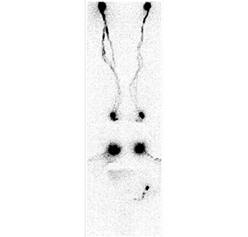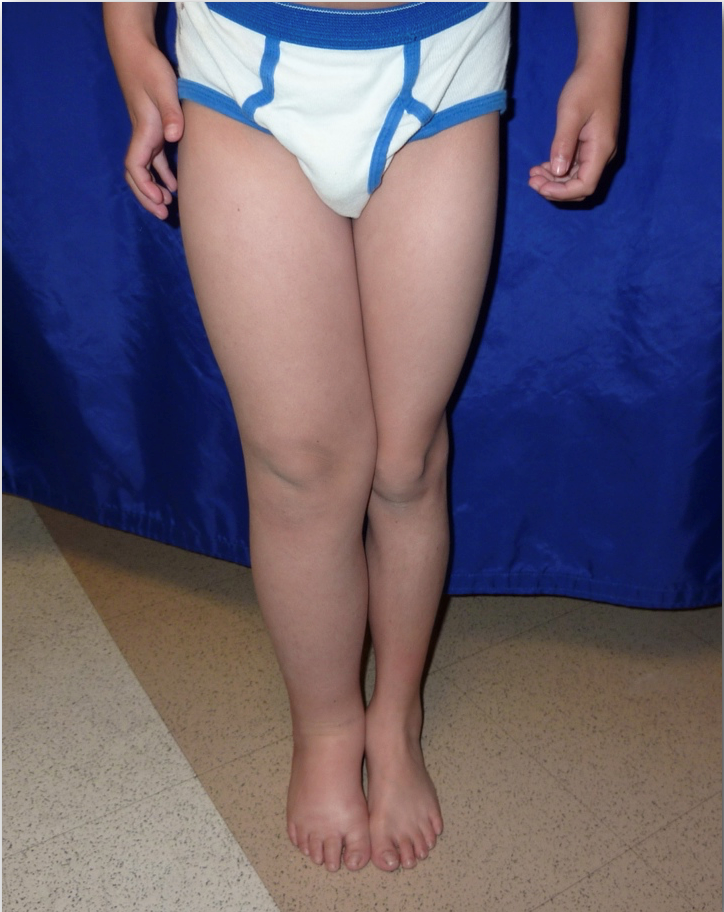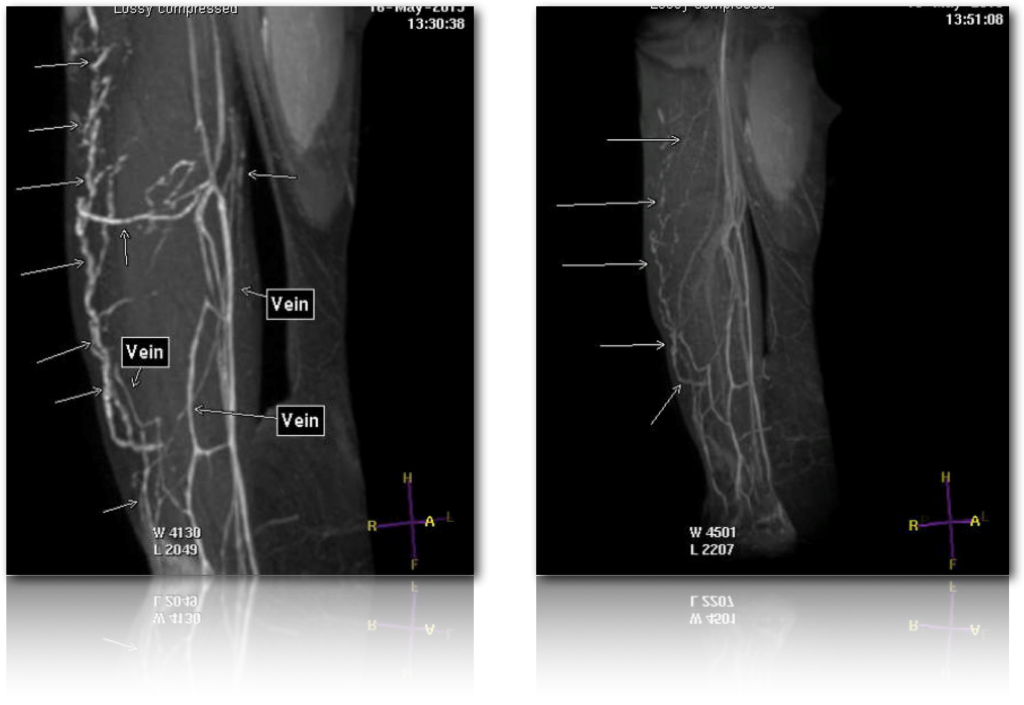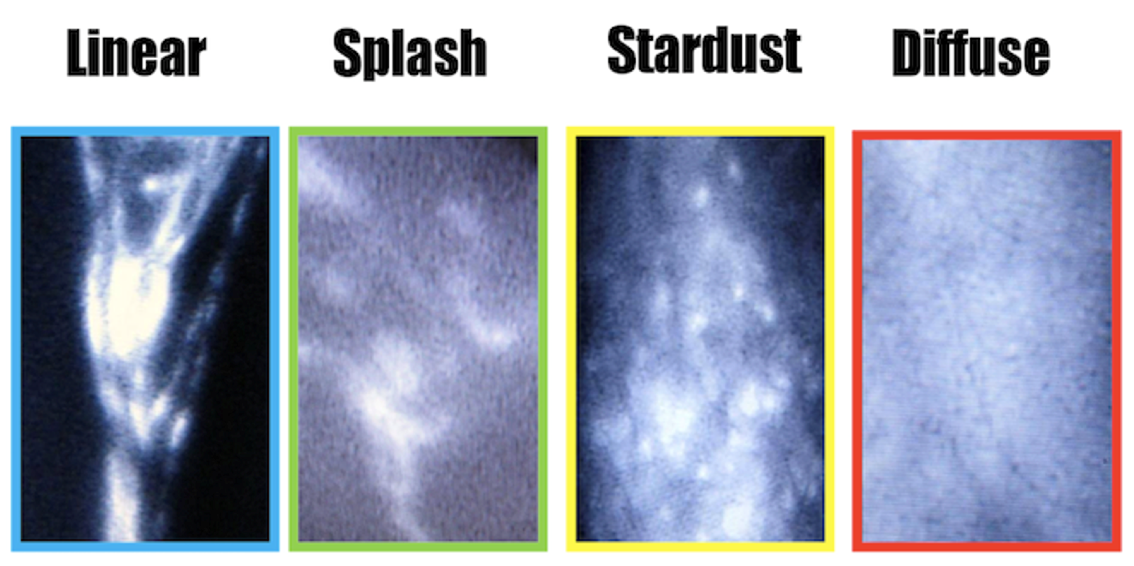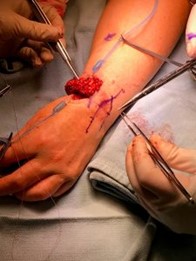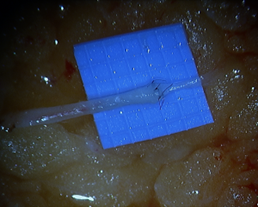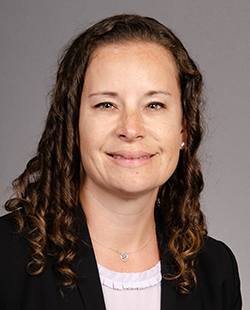Lymphedema Network of Excellence
For appointment information
please contact 206-598-1217.
A knowledgeable team
member will assist you.
The Lymphedema Network at University of Washington is comprehensive, with services provided at both the UW Medical Center Montlake and Northwest Campuses. The Lymphedema Network at University of Washington offers surgical interventions for lymphedema to those patients who would be most likely to benefit.
LYMPHATIC SYSTEM
We produce approximately 3 liters of lymph per day in our bodies. Lymph is a fluid that comes from the circulatory system and its function is to clear the soft tissues of any impurities, such as bacteria, cancer cells and many other cell types. Lymph is collected in lymphatic channels, which are small vessels, akin to but smaller than arteries and veins. The lymph is then transported to the regional lymph nodes. Lymph nodes are part of our immune system and are essentially filters. These filters trap whatever the lymphatic fluid brings to them and the body's immune system deals with these products. This is why, for example, lymph nodes are targeted in cancer treatment: cancer cells can be transported to lymph nodes and these nodes are sometimes removed or radiated to kill the cancer cells.
Referrals packets will be reviewed by our intake specialists and patients meeting criteria will be offered an initial evaluation appointment. The following criteria must be met:
- Diagnosis of lymphedema* based on history of lymph node dissection or radiation to affected limb OR diagnosis of lymphedema by nuclear medicine lymphoscintigraphy testing.
- Trial of conservative therapies (physical therapy/ occupational therapy, compression) for 6 months.
- BMI less than 35. Exceptions will be considered on a case by case basis if a letter addressing BMI is included by referring provider.
*Referrals for a diagnosis of Lipedema will not be reviewed.
Documents that MUST be included in referral:
- Current BMI based on height and recent weight at provider’s office.
- Office records from referring provider regarding diagnosis and response to conservative therapy (PT/OT, compression) for lymphedema
- Nuclear medicine lymphoscintigraphy report confirming diagnosis of lymphedema if lymphedema is not clearly attributable to prior surgery or radiation therapy (must be documented by referring provider). Please also have images pushed to UW PACs.
More information on nuclear medicine lymphoscintigraphy testing:
Nuclear Medicine Lymphoscintigraphy
This test involves the injection of a filtered sulphur colloid called Technetium, into the limb (arm or leg). The patient is then scanned so that we can see how that marker is transported through the lymphatic system. It picks up abnormalities in the lymphatic system. The picture shows a patient post breast cancer with axillary node dissection and radiation. The technetium has been injected into her arms and feet. On the upper left of the picture the axillary nodes can be seen as black dots. There are no such dots on the right side indicating that there is blockage of lymphatic drainage on that side.
